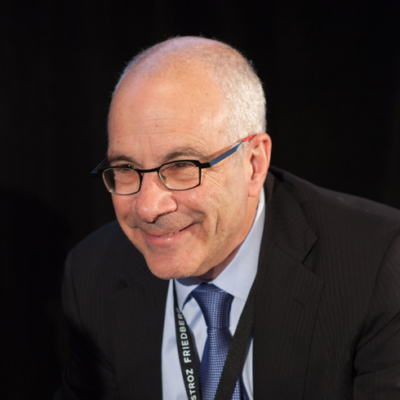When Workers Know Exactly How Much More Money CEOs Make, Will Anything Change?
Summary
Professor Joseph Grundfest comments in an article discussing the potential impact of a new rule enacted that aims to increase transparency of executive compensation.
The debate over whether America’s CEOs are overpaid is rich in data and poor in context. In an annual rite, newspapers compile lists of the previous year’s highest-earning executives, think tanks compute just how much more CEOs make than the average worker, and then both sides of the debate use those standalone figures to serve their purposes: Workers who struggle to pay their bills can’t imagine how their time could be worth so much less than someone else’s, while business leaders and corporate-governance professors remain convinced that executives, like movie stars or professional athletes, have specialized skill sets that deserve tremendous compensation.
Five years ago, when Congress passed the Dodd-Frank Act, it decided it knew just what the debate needed: more numbers. One part of the regulations laid out by Dodd-Frank was that the SEC would enact a rule intended to increase the transparency of executive compensation. The rule, finalized on Wednesday, will require about 3,800 publicly traded companies to say how much they pay their CEO, how much they pay their median worker, and the ratio between those two numbers. Those figures will begin appearing in headlines and think-tank reports in a couple years, when companies will be required to start reporting them.
…
Ultimately, the ratios that companies will disclose in their SEC filings will not be grist for meaningful debate so much as fodder for shocking headlines. Individually, factoids about executive compensation can be truly, deeply bananas, and some media outlets capitalize on that. “The ratio information will certainly give newspapers and magazines the opportunity to run a new set of articles about CEOs with the highest pay ratios and CEOs with the lowest pay ratios,” says Joseph Grundfest, a professor at Stanford Law School. The first round of disclosures may spawn a batch of urgent thinkpieces, but it’s unclear how they will change the complexion of a conversation that has decades’ worth of similar data.
Read More
